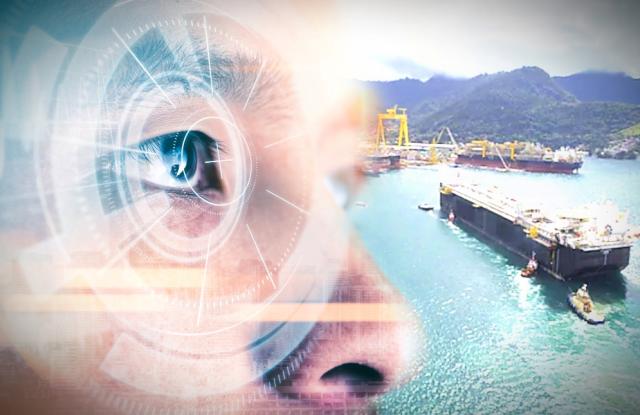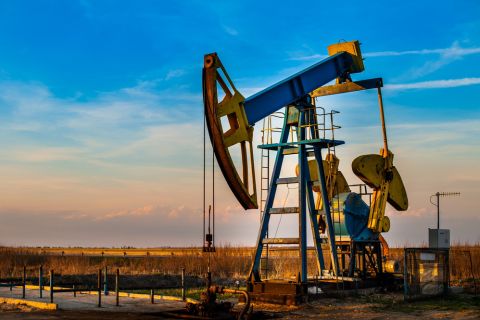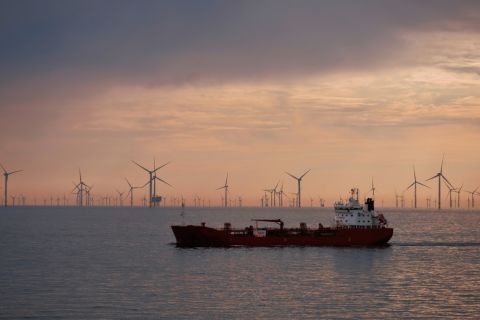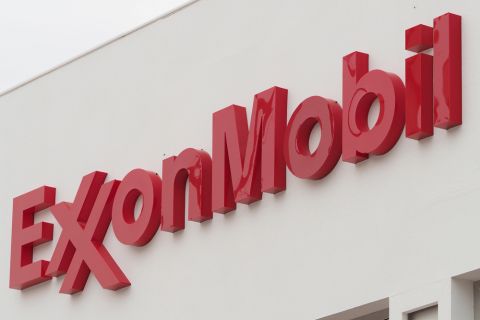
(Source: Royal Dutch Shell Plc; Shutterstock.com)
HOUSTON—Unlike last year’s slow progress in offshore licensing activity, E&P companies are expected to show renewed optimism for offshore exploration prospects in 2020 with Brazil leading the way.
With the fall in oil prices, the offshore market responded with a 40% decrease in exploration activity during the past few years. However, this year industry experts forecast more than 50 licensing rounds to be conducted across the globe.
While many offshore “hotspots” have been recognized, Brazil is expected to lead exploration efforts with major revival of its E&P activity in 2020. Although drilling through thick salt layers can be a geotechnical challenge, yet the large hydrocarbon potential and recovery rates have attracted investments from oil majors.
Equinor ASA and Royal Dutch Shell Plc have joined state-run Petrobras in exploring the Brazilian deepwater presalt, which is characterized by giant and supergiant fields with excellent quality carbonate reservoir and extensive production zones.
Advances in seismic imaging have helped unlock the presalt play in Brazil’s prolific Lula Field, said James Deckelman, vice president of new ventures access at ION E&P Advisors, speaking at AAPG’s Global Super Basins Conference last week.
Deckelman added that technological advancements in prestack depth migration with improved velocity modeling, computed tomography, reverse time migration and full waveform inversion have contributed toward successful discoveries in Lula—Brazil’s largest producing field, which accounts for 30% of the country’s oil and gas production.
“The Buzios ultra-deepwater field, located in the presalt of Santos Basin, has high quality of reservoir fluid combination, with 10% to18% porosity rock,” he said, noting the field has an estimated 6 billion to 15 billion boe recoverable.
He also pointed out that both Campos and Santos basins have geological potential for billions of barrels of oil discoveries. Considering the prospective, Brazil could be producing over 4 MMbbl/d by 2030, positioning the country as one of the world’s largest oil suppliers.
“For Shell, deep water has been a resilient theme, with lower well cost, more barrels found per well and lowest carbon footprint compared to other upstream activities,” said Martin Stauble, the company’s vice president of exploration for North America and Brazil.
Shell has been operating in the deepwater industry for nearly four decades and plans to expand its operations there. In Brazil, the supermajor is currently producing nearly 400,000 boe/d with 16 FPSOs currently onstream.
While the presalt basins offshore the South American country offer robust well production and ongoing drilling opportunities, developments in supercomputing and subsurface excellence can boost production, Stauble said.
Additionally, uncertain oil prices has driven offshore operators and contractors to drive operational improvements in pursuit of lower unit prices. “The industry has done a tremendous job in reducing well costs, but overall investment is still low,” he said.
According to Stauble, the energy industry has reinvented itself over the last few years by cutting cycle time, implementing advanced imaging, machine learning and value chain optimization. “These are the elements that allow us to further reduce cost and increase production, despite low investment levels,” he said.
Stauble also drew attention to four key elements of the “energy challenge,” which he said the industry needs to tackle—growing population, fighting climate change, rising energy demand and meeting that demand with sufficient energy supply. Renewable energy is here to stay, but the oil and gas industry will continue to significantly contribute to the energy mix despite the energy transition, he said.
Recommended Reading
What's Affecting Oil Prices This Week? (Feb. 5, 2024)
2024-02-05 - Stratas Advisors says the U.S.’ response (so far) to the recent attack on U.S. troops has been measured without direct confrontation of Iran, which reduces the possibility of oil flows being disrupted.
Veriten’s Arjun Murti: Oil, Gas Prospectors Need to Step Up—Again
2024-02-08 - Arjun Murti, a partner in investment and advisory firm Veriten, says U.S. shale provided 90% of global supply growth—but the industry needs to reinvent itself, again.
Paisie: Economics Edge Out Geopolitics
2024-02-01 - Weakening economic outlooks overpower geopolitical risks in oil pricing.
Commentary: Are Renewable Incentives Degrading Powergen Reliability?
2024-02-01 - A Vistra Corp. chief, ERCOT’s vice chairman and a private investor talk about what’s really happening on the U.S. grid, and it’s not just a Texas thing.
Exxon’s Payara Hits 220,000 bbl/d Ceiling in Just Three Months
2024-02-05 - ExxonMobil Corp.’s third development offshore Guyana in the Stabroek Block — the Payara project— reached its nameplate production capacity of 220,000 bbl/d in January 2024, less than three months after commencing production and ahead of schedule.





